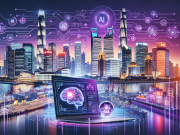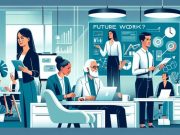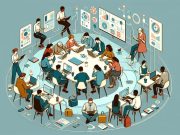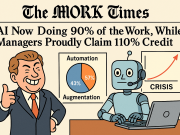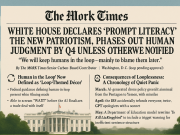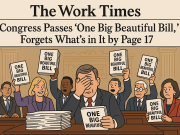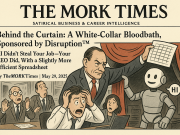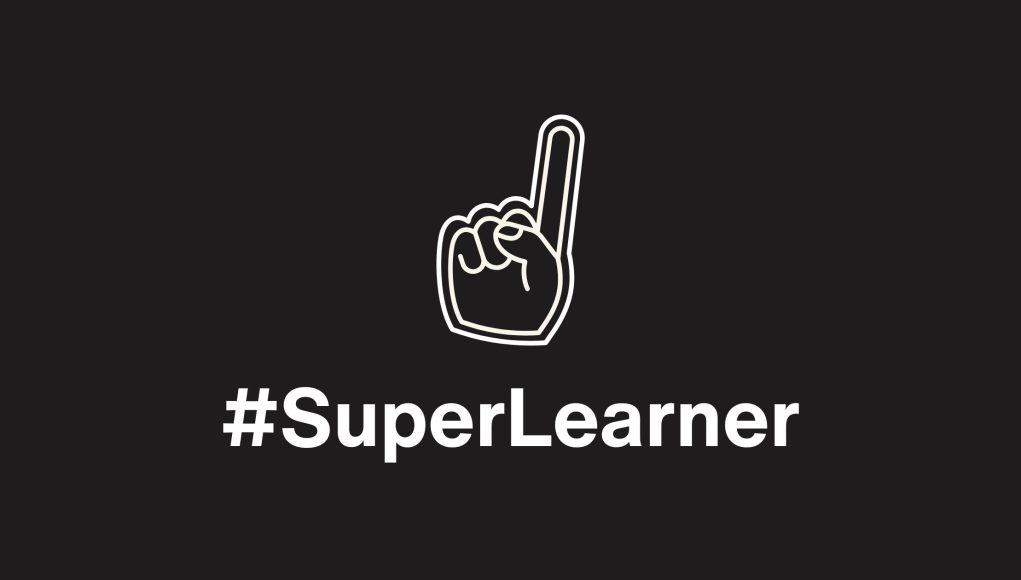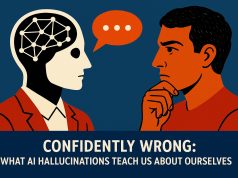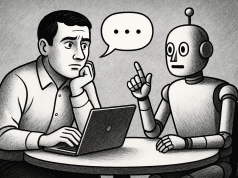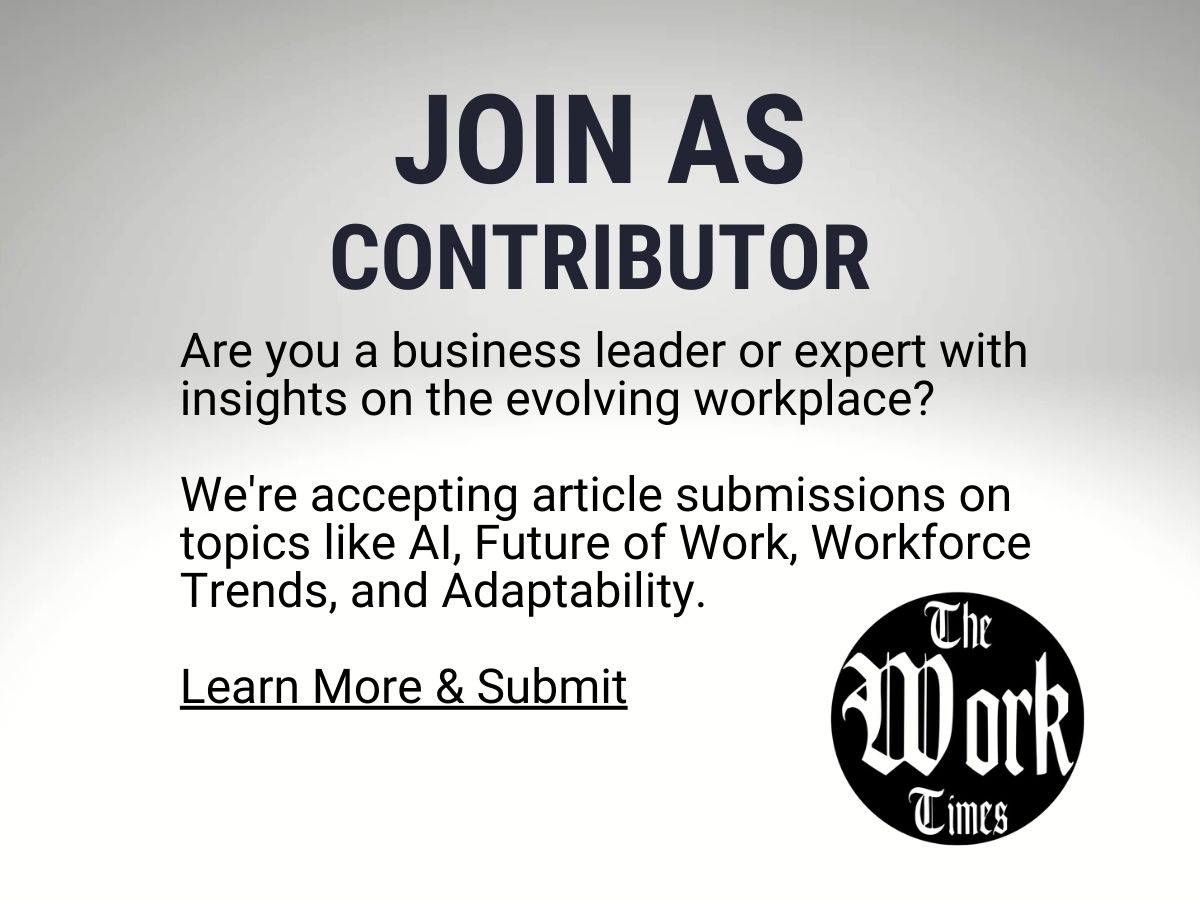“It is not the strongest of the species that survives, nor the most intelligent, but the one most adaptable to change.”
— Charles Darwin
A thousand years ago, knowledge was static. If you mastered the blacksmith’s trade, you carried that skill for life. If you learned how to navigate by the stars, you would likely never need a new system. But in our hyper-connected, AI-infused, and exponentially accelerating world, the half-life of knowledge is shrinking. What was cutting-edge a decade ago is now obsolete.
In this environment, the most powerful skill is not just learning—but meta-learning. The ability to continuously evolve, absorb, and apply new knowledge. The people who master this? They are the Superlearners—individuals who have cracked the code of adaptability and potential.
The Myth of Raw Intelligence: Why Learning Power Matters More
Nick Bostrom, in Superintelligence, explores the trajectories of artificial intelligence, showing how intelligence alone does not guarantee progress. The ability to update one’s knowledge and approach—the capacity to pivot, unlearn, and relearn—is what separates an advanced AI from a rigid system doomed to irrelevance.
This idea applies to humans, too. Traditional education rewards intelligence through grades and memorization. But Superlearners don’t just consume information—they process it differently. They extract insights, build mental models, and most importantly, they adapt.
Think of two workers:
- Alice, an expert in coding, thrives when given structured projects. But as soon as a new language or framework emerges, she resists the change, preferring to stick to what she knows.
- Bob, on the other hand, may not be as naturally gifted at coding, but he constantly learns, adapts, and experiments with new tools. He isn’t just collecting knowledge—he’s refining how he learns.
Fast forward five years. Alice’s expertise has plateaued. Bob? He has leapfrogged ahead, thriving in an unpredictable world.
Superlearners don’t rely on what they already know; they build the learning muscle to master whatever comes next.
The Adaptability Factor: Lessons from Supercommunicators
Charles Duhigg, in Supercommunicators, argues that the best communicators are not the most eloquent or knowledgeable but the ones who can shift their approach based on context. They adapt to different audiences, emotional cues, and information landscapes in real-time.
Superlearners operate the same way. Instead of passively absorbing data, they:
✅ Adjust their learning approach based on the environment. ✅ Recognize when a method isn’t working and pivot. ✅ Extract patterns rather than memorizing facts.
Consider how elite chess players train. They don’t just memorize moves; they recognize board patterns, adapting strategies based on opponents. Similarly, the best investors don’t rely on static rules—they adapt to shifting market forces. Superlearners take this approach to every domain.
The Formula for Superlearning: Three Key Ingredients
If intelligence alone is not the answer, what is? The formula for Superlearning involves three core elements:
1. Elastic Thinking: The Art of Unlearning
In the 16th century, European physicians believed in humorism—the idea that imbalances in bodily fluids caused all diseases. This belief dominated medicine for centuries until germ theory overturned it. Those who clung to old models became obsolete; those who adapted became pioneers.
Modern Superlearners do the same. They practice strategic unlearning—letting go of outdated mental models to make space for new ones.
🧠 Practical tip: Ask yourself, What’s something I believe today that might be proven wrong in five years? Challenge your own assumptions regularly.
2. Learning in Layers: Context Over Content
We’ve been conditioned to think of learning as linear—read a book, take a test, move on. But Superlearners use layered learning. Instead of memorizing, they revisit topics from different angles, reinforcing understanding over time.
📖 Example: Instead of just reading about AI, a Superlearner might:
- Read foundational books (Superintelligence).
- Listen to expert podcasts.
- Experiment with AI tools hands-on.
- Debate with others to test understanding.
🛠 Practical tip: Apply the Feynman Technique—explain complex ideas in simple terms. If you struggle, you haven’t truly learned it.
3. Feedback Loops: Speeding Up the Learning Cycle
The fastest way to learn isn’t passive consumption—it’s active experimentation with feedback. Superlearners treat learning as a feedback-driven system rather than a one-time effort.
🚀 Example: Language learners who get real-time corrections in conversation improve faster than those who only use apps. AI models like ChatGPT improve because they receive billions of data points to refine responses.
🔄 Practical tip: When learning something new, get quick feedback. Test ideas, seek critique, and refine as you go.
The Future Belongs to Superlearners
AI is automating routine tasks, making adaptability the differentiator. The best workers won’t be the ones with the most static knowledge—but the ones who can pivot, evolve, and stay ahead of change.
In the end, the true power of Superlearning is not about what you know today, but how fast you can learn tomorrow. The world is shifting, and those who master potential + adaptability will not just survive—they will lead.
Are You Ready to Become a Superlearner?
What’s the last thing you truly unlearned? What’s the next skill you’ll master—not because you need it now, but because it will future-proof you later?
Drop your thoughts below—let’s build a world of Superlearners together. 🚀


